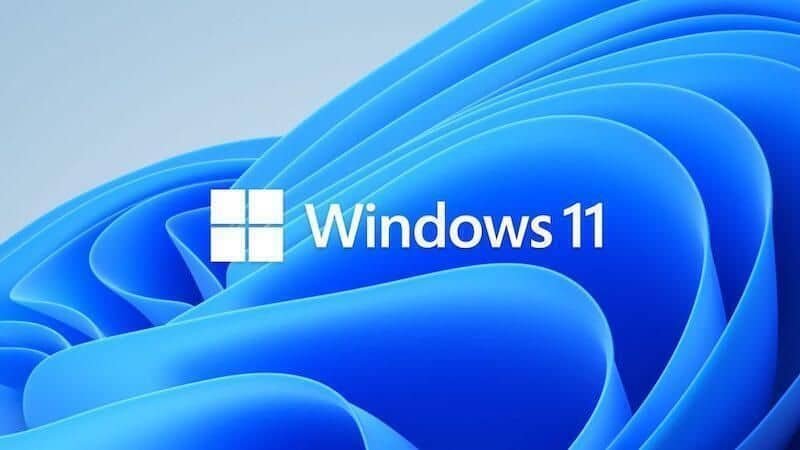It’s Time To Optimize Windows 11
Windows 11 has arrived, bringing with it new features, a sleek design, and improved performance. However, to truly get the most out of this operating system, you’ll want to optimize Windows 11 for maximum performance. In this guide, we’ll share our top tips and tricks to help you improve your Windows 11 experience and ensure your PC runs faster and smoother.
Update Your System and Drivers
Keep your system up-to-date with the latest Windows 11 updates and hardware drivers. This not only ensures your PC runs smoothly but also provides improved security and compatibility with the latest software.
To check for updates:
- Press the ‘Windows’ key + ‘I’ to open Settings.
- Navigate to ‘Windows Update’ and click on ‘Check for updates.’
Adjust Power Settings
Adjusting your PC’s power settings can help optimize Windows 11 for better performance.
- Go to ‘Settings’ > ‘System’ > ‘Power & sleep.’
Click on ‘Additional power settings - Select ‘High performance’ or create a custom plan to optimize your PC for maximum performance.
Optimize Startup Programs
Having too many startup programs can slow down your PC’s boot time. To manage and disable unnecessary startup programs:
- Right-click on the taskbar and select ‘Task Manager.’
- Go to the ‘Startup’ tab.
- Identify and disable any unnecessary programs that run on startup by right-clicking and selecting ‘Disable.’
Clean Up Your Disk
Regularly cleaning up your hard drive can help improve your PC’s performance by removing temporary files, system files, and other unnecessary data.
- Type ‘Disk Cleanup’ in the search bar and select the app.
- Choose the drive you want to clean and click ‘OK.’
- Select the file types you wish to delete and click ‘OK’ again.
Optimize Virtual Memory
Adjusting the virtual memory settings can improve your PC’s performance, especially if you have limited RAM.
- Right-click on ‘This PC’ and select ‘Properties.’
- Click on ‘Advanced system settings’ and go to the ‘Advanced’ tab.
- Under ‘Performance,’ click on ‘Settings,’ then go to the ‘Advanced’ tab.
- Click on ‘Change’ under ‘Virtual memory.’
- Uncheck ‘Automatically manage paging file size for all drives’ and set a custom size for your virtual memory.
Disable Visual Effects
Windows 11 comes with various visual effects that may impact your system’s performance. To disable or adjust these effects:
- Right-click on ‘This PC’ and select ‘Properties.’
- Click on ‘Advanced system settings’ and go to the ‘Advanced’ tab.
- Under ‘Performance,’ click on ‘Settings.’
- Choose ‘Adjust for best performance’ to disable all visual effects or select ‘Custom’ to pick and choose specific effects to disable.
Keep Your PC Clean from Malware
Malware can significantly slow down your computer. Make sure you have reliable antivirus software installed and regularly scan your system for malware.
- Run Windows Security by typing ‘Windows Security’ in the search bar and selecting the app.
- Click on ‘Virus & threat protection.’
- Run a ‘Quick scan’ or ‘Full scan’ to check for malware.
- In some cases, really bad malware like rootkits and other advanced malware can evade detection by standard Anti-Virus software. If you suspect your system is still infected, we recommend letting professional security experts help you.
Defragment and Optimize Drives
Defragmenting and optimizing your drives can help improve your PC’s performance.
- Type ‘Defragment and Optimize Drives’ in the search bar and select the app.
- Choose the drive you want to optimize and click ‘Optimize.’
Uninstall Unnecessary Apps and Programs
Removing unnecessary apps and programs frees up storage space and system resources.
- Press the ‘Windows’ key + ‘I’ to open Settings.
Go to ‘Apps’ > ‘ Apps & features.’ - Browse through the list of installed apps and programs.
- Click on any unwanted apps or programs and select ‘Uninstall’ to remove them from your system.
- Uninstall what is known as “Bloatware”. This is the preinstalled software that is unnecessary. We’ve created a PowerShell Script to aid in this process. Click to see the Windows 11 Bloatware Removal page.
Adjust Windows 11 Privacy Settings
Disabling some data collection and background services can help improve your PC’s performance.
- Press the ‘Windows’ key + ‘I’ to open Settings.
- Navigate to ‘Privacy & security.’
- Review each section and disable any settings that you feel are unnecessary or may impact your system’s performance.
Disable Background Apps
Limiting the number of background apps can free up system resources and improve performance.
- Press the ‘Windows’ key + ‘I’ to open Settings.
- Go to ‘Privacy & security’ > ‘Background apps.’
- Toggle off any apps that you don’t need running in the background.
Upgrade Your Hardware
Finally, if your PC still struggles with performance, consider upgrading your hardware. Adding more RAM, investing in a faster SSD, or upgrading your graphics card can significantly improve your Windows 11 experience.
Optimize Windows 11 Conclusion
Optimizing Windows 11 for maximum performance involves a combination of software tweaks and hardware upgrades. By following the tips and tricks outlined in this guide, you can ensure your PC runs smoother and faster, giving you the best possible Windows 11 experience. As new features are released and implemented by Microsoft, we’ll keep this article updated so you can reference the latest tips for you to optimize Windows 11 and keep it that way.
